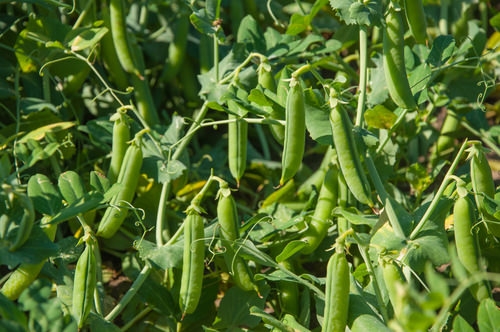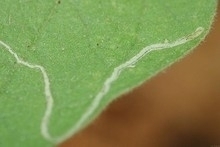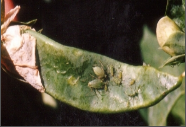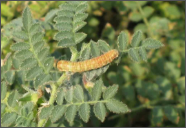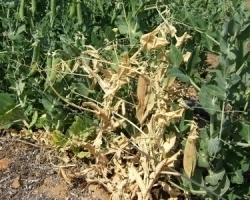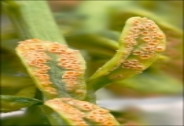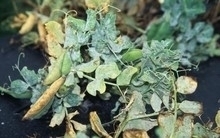General Information
It belongs to Leguminaceae family. It is a cool season crop grown throughout the world. Green pods are used for vegetable purpose and dried peas are used as pulse. In India, it is cultivated in Himachal Pradesh, Madhya Pradesh, Rajasthan, Maharashtra, Punjab, Haryana, Karnataka and Bihar. It is rich source of proteins, amino acids and sugars. Green peas straw is good source of nutritional fodder for live stocks.
Aligarh, Kasganj areas of Uttar Pradesh is major pea growing belt.

